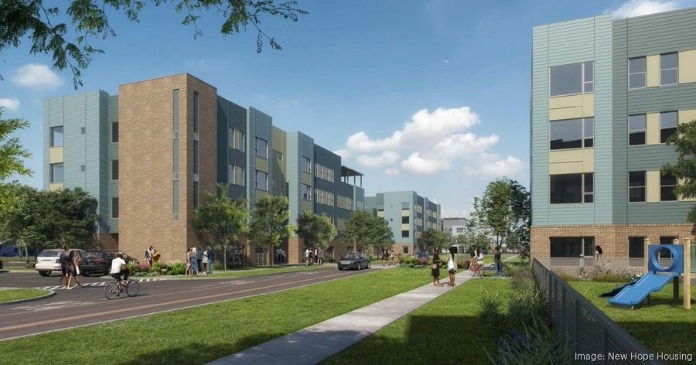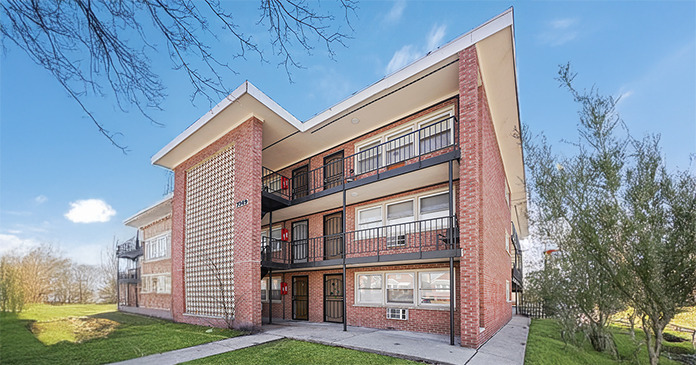I do not particularly care for the movie “Pretty Woman”, but I do think it provides an important frame of reference. Specifically, there is a scene in which one rich character uses a cell phone to make a call. A cell phone in 1989 cost about $3,000 ($7,600 in today’s dollars). They were about a foot long and could provide almost an hour and fifteen minutes of talk time. When people get all nostalgic about the 1980’s, I doubt that anyone is truly nostalgic about that technology. As I write this, I have my smart phone in my pocket, grateful it is not destroying my pants. When we get a new phone, we don’t reference the old technology and suggest that that is how the new technology will function.
Sustainability technology designed to improve efficiency is not treated with the same generosity as is cellphone technology. In the early 2000’s, when I proposed installing free (rebate program) low-flow shower heads in apartment communities, there was immediate alarm raised that the low-flow shower heads would not be able to wash soap off a human being. “It will be like standing in a mist instead of a shower.” I was told. When I dug into this statement, the performance concerns were based on experiences with low-flow technologies from the 1970’s, even though the technologies had been continually evolving for the previous 30 years!
We are still doing it. I have friends who actively debate if heat pumps can work and if solar really can produce the power it suggests it can. I even had one friend (in jest) ask if I included the solar eclipse in my ROI analysis for a solar project. I believe we look at sustainability technology with greater scrutiny and fear than we look at computers, phones, internet reliability or smart devices we can ask to play music.
I think we need to acknowledge a couple of things: 1) all technology advances so we should not automatically assume that new devices (sustainability or otherwise) have not solved for the challenges of the past and 2) we need to ask ourselves if the scrutiny we place on sustainability devices is comparable to that which we place on other technologies. As utility rates continue to rise faster than rents, the sustainability technology designed to mitigate those costs might be the metaphoric rich person in the limo that is coming to save you.
















